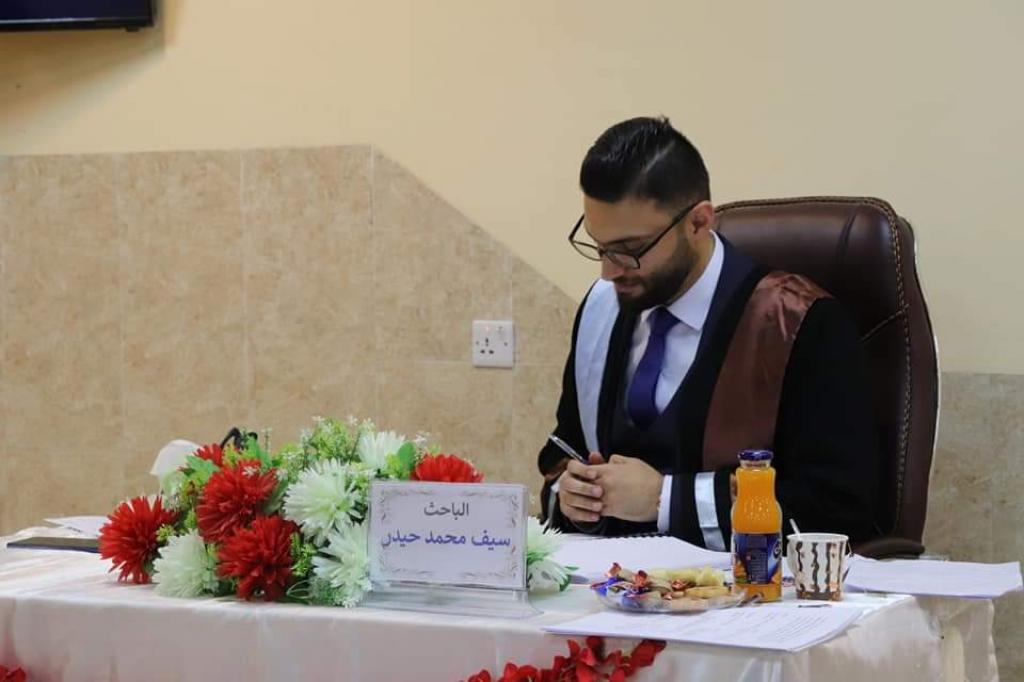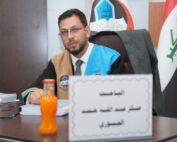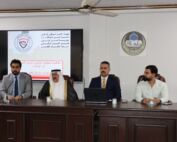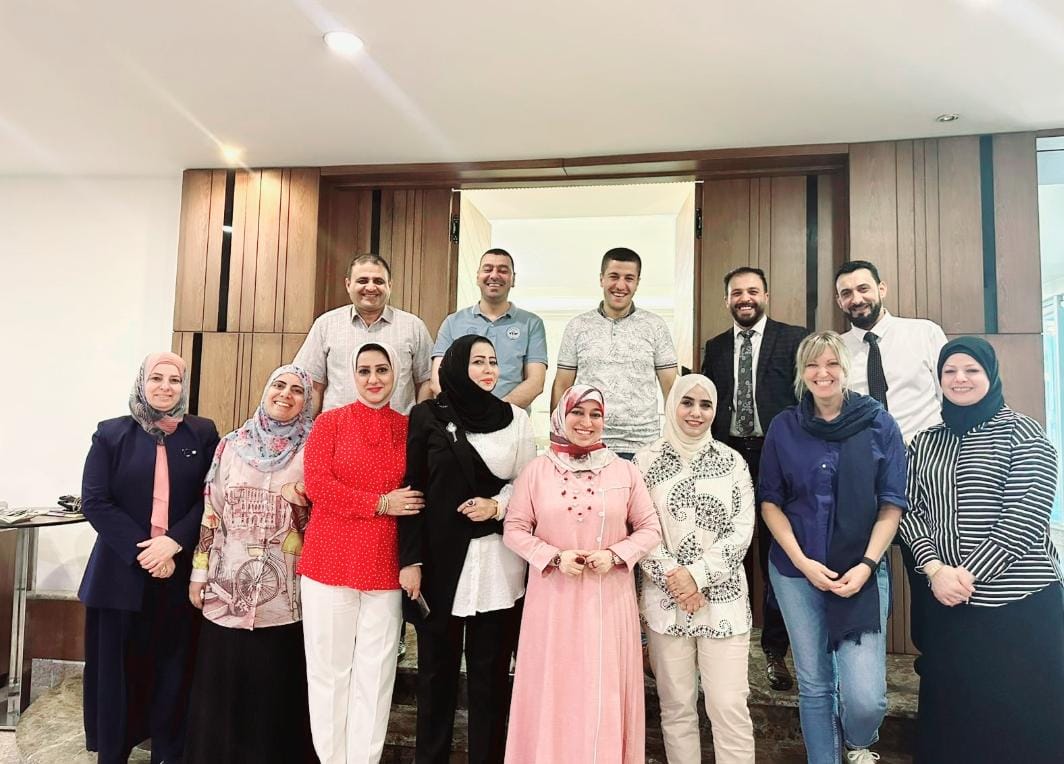1 November، 2020
” An Acoustic Study of the of the Production of Iraqi Arabic Stop Consonants”

On Sunday the 1st of November the discussion of the MA thesis entitled ” An Acoustic Study of the of the Production of Iraqi Arabic Stop Consonants” by the student Saif Muhammad Hayder was held at the hall of the of Quranic sciences department.The discussion committee involved the following respectable academic members:
1- Prof. Abbas Jawdat Rahim. (The chairman).
2- Assist./Prof. Dr. Anmar Hammudy Saeed. (Member).
3- Lecturer. Dr. Ismael Fathi Husien. (Member).
4- Ziyad Rakan Kasim. (Member & supervisor).The discussion committee approved the thesis with minor corrections.
In this study, done By Saif Muhammad Hayder, entitled “An Acoustic Study of the Production of Iraqi Arabic Stop Consonants”, an acoustic description of the Iraqi Arabic (IA) stop consonants is carried out. The acoustic parameters to be investigated are closure duration (CD), burst duration (BD) and voice onset time (VOT). The study aims to contribute to the phonetic description of IA speech sounds by acoustically describing its stops and to find out whether there are differences between IA stops and the English stops. In terms of CD, it is found that the IA voiceless stops have longer CD than the IA voiced stops. It is also found that the labial stops have longer CD than the alveolars and the velars and that /q/ has longer CD than the others with some exceptions and /ṭ/ has longer CD than /t/. In terms of BD, it is found that the IA voiceless stops have shorter BD than the English stops and thus they are less aspirated than the English voiceless stops. Only /t/ and /k/ are found to be aspirated. In terms of the voiced stops, unlike the English voiced stops, it is found that the IA voiced stops are fully voiced which means that they have voicing during the closure represented by negative VOT values. The glottal stop shows a good example of a normal stop consonant only in initial and final positions in isolation. In other contexts, it shows a great deal of variability in its acoustic analysis where its acoustic make ups are not observed. Other hypotheses are examined and are found not in full agreement with respect to the IA stops. Finally, it is found that the IA speakers depend on VOT, including Voice Lead Time, more than the CD in the production of the stops since the VOT variations across the IA voiceless and voiced stops are bigger.








